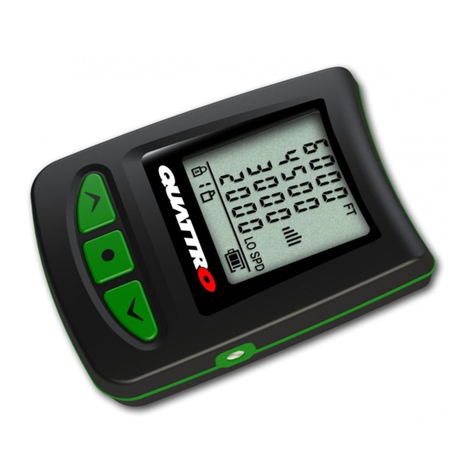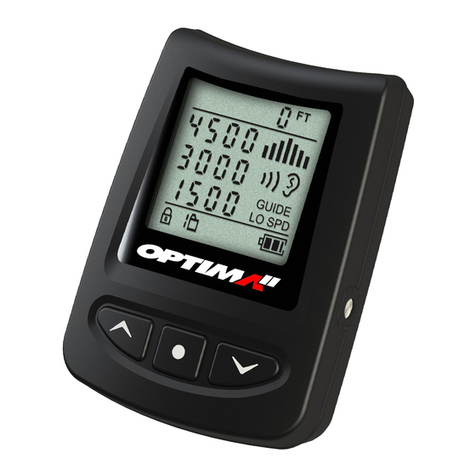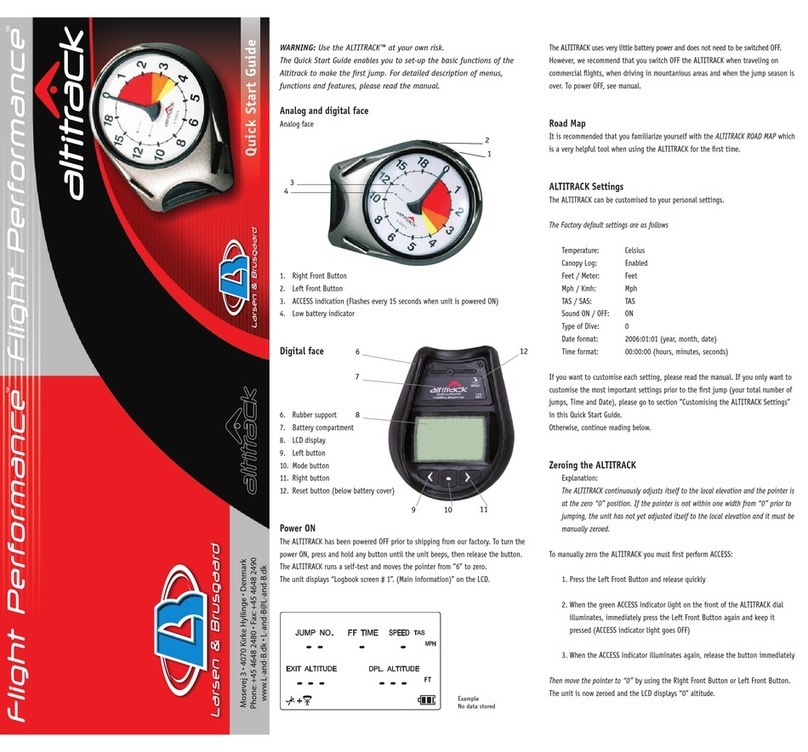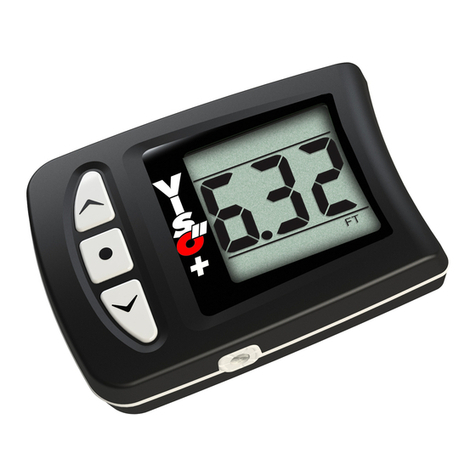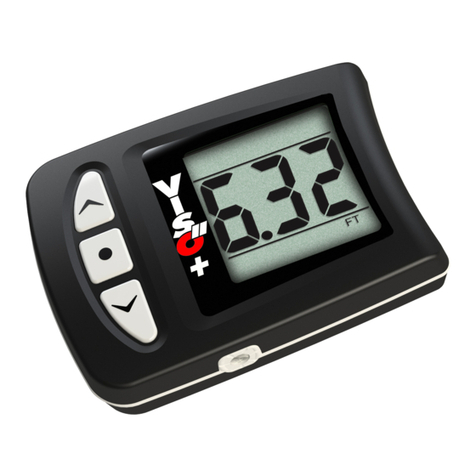
18.5 TAS / SAS ...................................................................................................................... 89
18.6 Feet / Meters ................................................................................................................ 90
18.7 MPH / KMH ................................................................................................................... 91
18.8 Celsius / Fahrenheit....................................................................................................... 92
18.9 Factory Default ............................................................................................................. 93
19 - Manual Zeroing................................................................................................................... 95
20 - Landing Zone elevation differs from that of the airport ............................................................ 96
21 - Prior to Jumping ................................................................................................................. 97
22 - Battery Status .................................................................................................................... 98
23 - Mounting the PROTRACK II.................................................................................................... 99
24 - Resetting the PROTRACK II.................................................................................................... 100
25 - Battery Replacement ........................................................................................................... 101
26 - Air Filter ............................................................................................................................ 102
27 - Trouble-shooting................................................................................................................. 103
28 - Firmware Version / Serial Number ......................................................................................... 104
29 - USB Mode........................................................................................................................... 106
30 - TAS / SAS Definitions........................................................................................................... 108
30.1 TAS .............................................................................................................................. 108
17 - Clock ................................................................................................................................. 72
17.1 Set Year ........................................................................................................................ 73
17.2 Set Month ..................................................................................................................... 74
17.3 Set Day......................................................................................................................... 75
17.4 Set 12 / 24 Hour Format.................................................................................................. 76
17.5 Set Hours...................................................................................................................... 77
17.6 Set Minutes................................................................................................................... 78
18 - Setup ................................................................................................................................ 79
18.1 Power OFF..................................................................................................................... 81
18.2 AUT / ECO ..................................................................................................................... 83
18.2.1 Description ........................................................................................................... 83
18.2.2 Automatic (AUT).................................................................................................... 83
18.2.3 Economy (ECO) ...................................................................................................... 84
18.3 Beep ON / OFF ............................................................................................................... 85
18.4 Dive Type...................................................................................................................... 86
18.4.1 Dive Type, 3-SEC..................................................................................................... 87
18.4.2 Dive Type, SLO (Slow) ............................................................................................. 87
18.4.3 Dive Type, S-SLO (Super Slow).................................................................................. 87
